In the world of Harry Potter, the Patronus charm is one of the most powerful tools in a wizard’s arsenal. It can be used to repel the creepy, soul-sucking dementors and takes the form of something meaningful to the wizard who casts it.
Now, we all know that Snape’s Patronus was a doe because he was still in love with Lily Potter, whose Patronus was also a Doe. However, there are plenty of interesting Patronus details JK Rowling and the producers of the Harry Potter films included that you may have missed. Take a look at our list below to uncover some of these.
10 They Can Be Used As A Shield
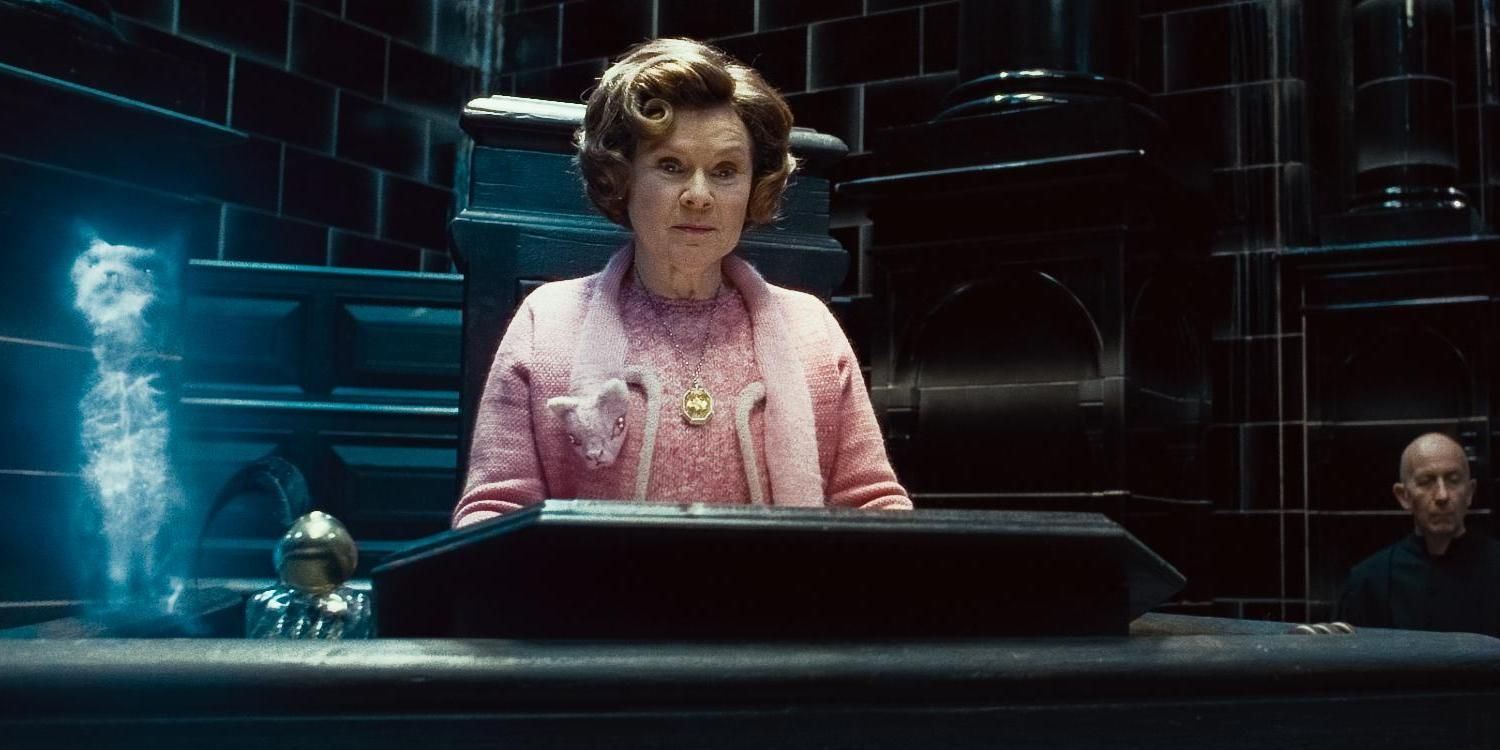
Down in the courtroom at the bottom of the Ministry Of Magic during The Deathly Hallows Part 1, Dolores Umbridge (back in a government role after the events of The Order Of The Phoenix... boo...) is seen producing a sort of glowing shield that separates the room from a layer of dementors floating at the top. We can only assume this dementor repellent is, in fact, a variant of her Patronus because her cat is sitting beside her at the same time. This (annoyingly) implies that Umbridge is a very powerful witch after all, but also prompts the question of why this technique doesn’t appear more often in the series.
9 They Can Be Used To Send Messages
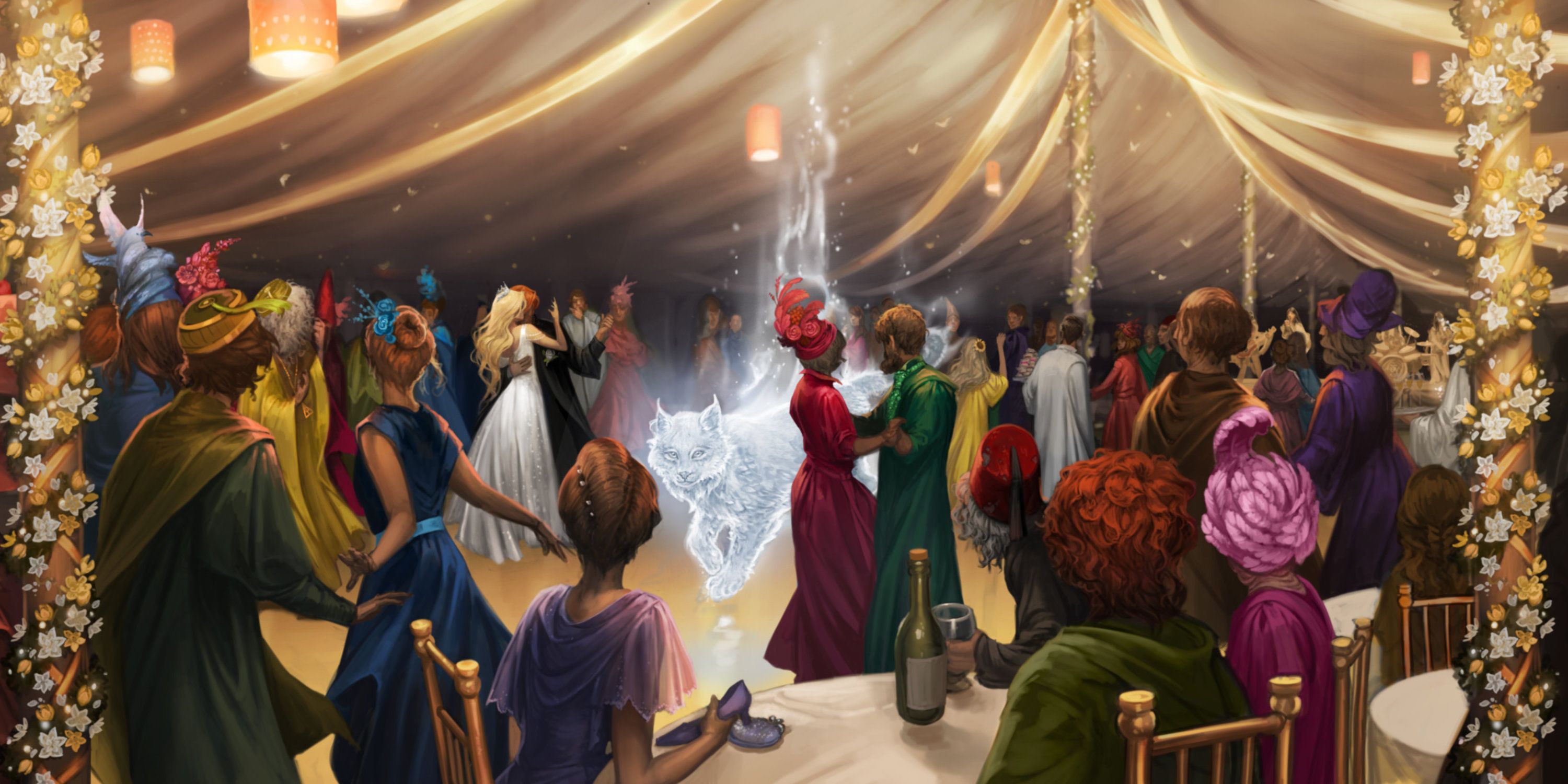
While there are a few inconsistencies between the book and the film (in the book, Kingsley Shacklebolt’s Patronus is a cool little lynx), it’s clear that Patronuses can also be used to send messages.
Just a few scenes after the courtroom scene in The Deathly Hallows Part 1, we see Kingsley’s Patronus letting everyone know the Ministry Of Magic has fallen. Apparently this neat little trick was invented by Dumbledore, and while he and McGonagall aren’t afraid to use it, we don’t see it particularly often. It’s probably reserved for exceptionally gifted witches and wizards.
8 A Patronus Can Change
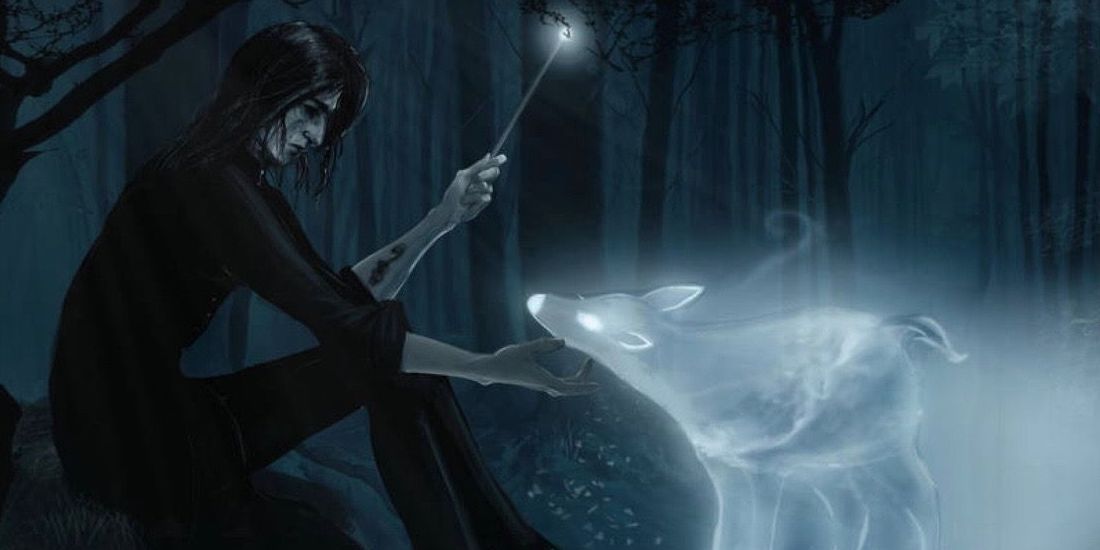
While we don’t see it in the films, it’s true that the form of a Patronus is influenced by the life and personality of a certain witch or wizard. When Snape and Dumbledore are speaking about Lily, his question of "after all this time?" seems to suggest that if Snape had fallen out of love with Lily, his Patronus may well have stopped being a doe. JK Rowling has confirmed this herself, suggesting that eternal love can alter the form of a Patronus. Tonks’ becomes a wolf after she meets Lupin, for example.
7 Powerful Wizards Can Conjure Multiple Patronuses
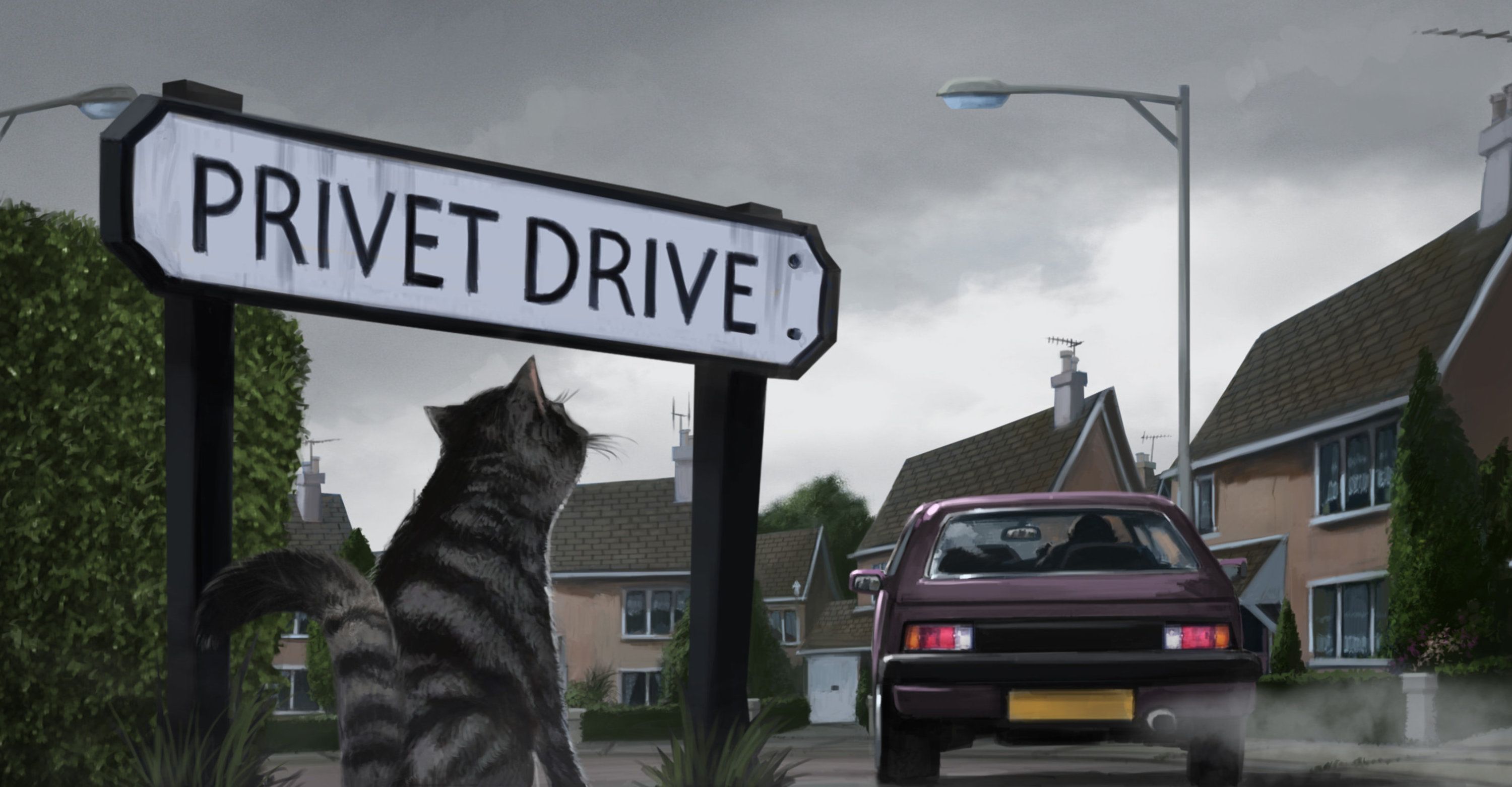
Despite her age, Minerva McGonagall was one of the strongest and most powerful characters in the entire Harry Potter story. In The Deathly Hallows book, we see her employing the communication technique mentioned above, except this time, she’s doing it three times simultaneously.
It happens very quickly and is basically never shown again, but this is a seriously impressive feat of magic, considering it can pass us by so easily. Surely Dumbledore can pull it off, but how many years of magical training do you need to learn something so complex?
6 "Expecto Patronum" Actually Means Something
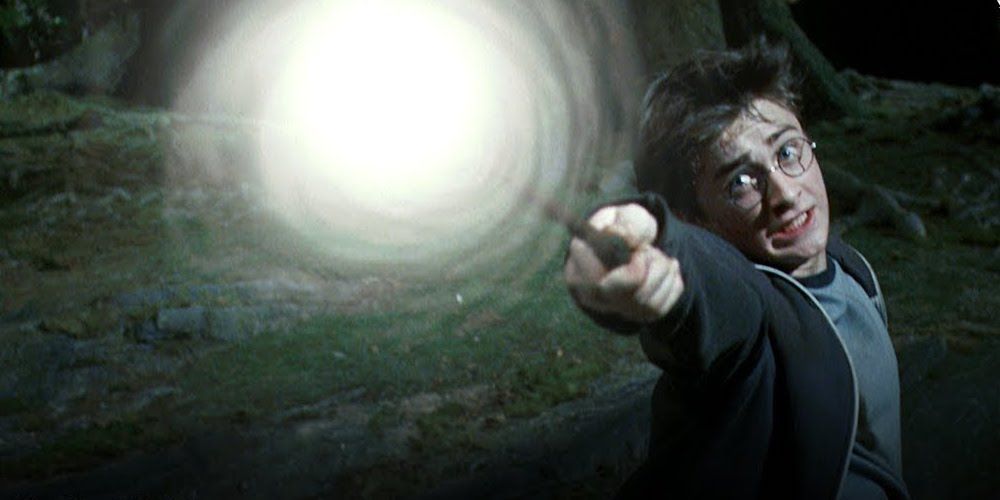
As the films go by, the audience gets accustomed to some pretty strange phrases being thrown about. Sure, every now and again the complex, cool-sounding spells like "Avada Kedavra" are overshadowed by some slightly less cool ones (‘eat slugs’ I’m looking at you....) but most spells actually have their origin in Latin. "Expecto Patronum" translates literally to ‘I await my guardian’. This is pretty apt considering the entire spell basically is a guardian in itself. Obviously, this sort of thing is never explained in the films, but looking deeper gives a nice insight into Rowling’s thought process when creating the series.
5 There’s A Cute Connection Between Ron And Hermione’s Patronuses
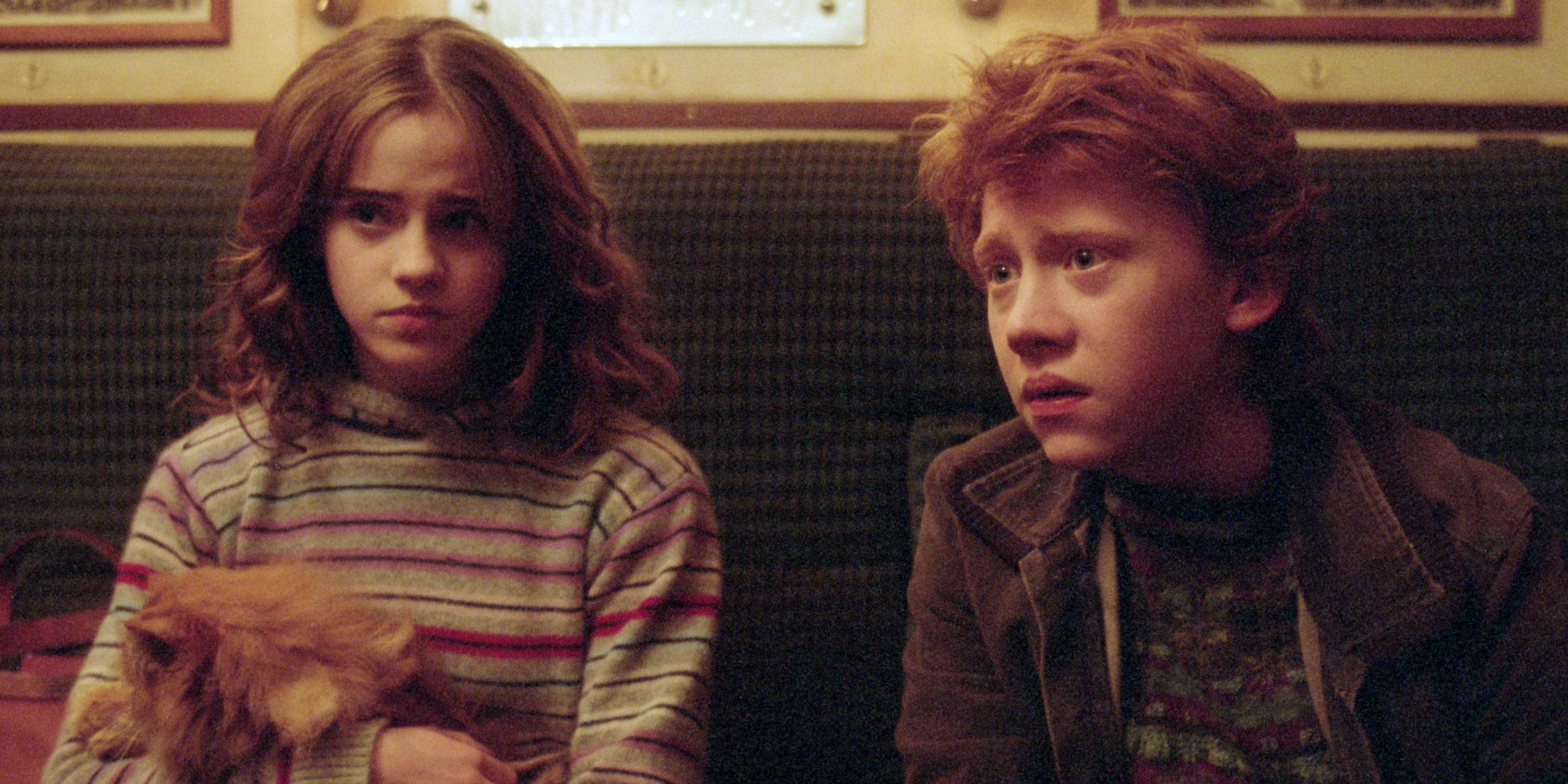
Jack Russell’s are known to chase otters. Ron is basically in love with Hermione from the first time he lays eyes on her, Hermione takes a while to reciprocate.
You can see where we’re going with this. Ron’s Patronus takes the form of a Jack Russell, and Hermione’s is an otter. No one ever comments on this, but it’s a very nice, subtle nod that shows everyone that they really were meant to be together. And, in a way, that they both knew it deep down way before they ever did anything about it.
4 They Can Match Animagi Forms
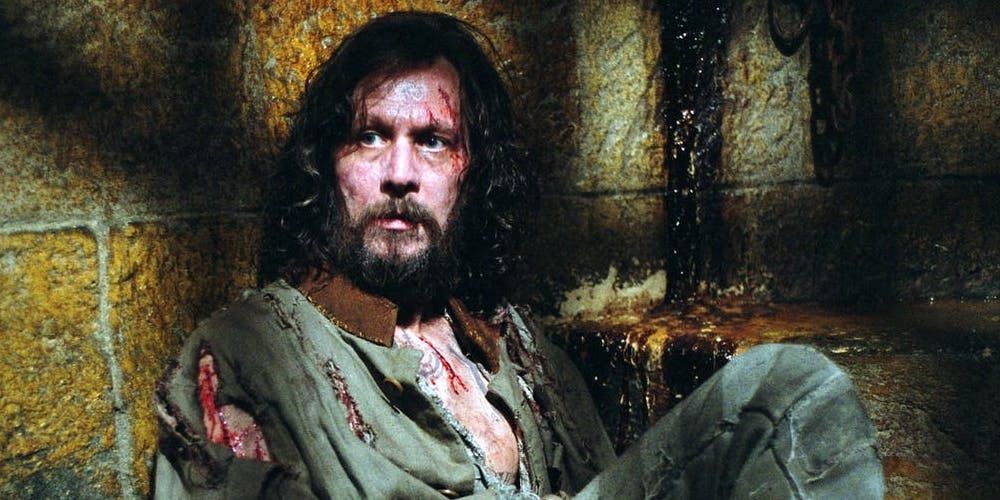
The only two animagi we see in the series cast a Patronus turn into the exact same animal as their Patronus. Minerva McGonagall is in her cat form the first time we ever see her, and her cat Patronus helps her out in various ways later in the series. James Potter is able to turn into a stag when he wants to hang out with werewolf Lupin, and his Patronus (like Harry’s) is a stag. It’s not clear whether the two are linked intrinsically or if the Patronus takes that form because the Animagus is such a big part of the character’s personality, but it’s a cool subtlety that isn't really spoken about, nonetheless.
3 You Can Edit Your Own Patronus
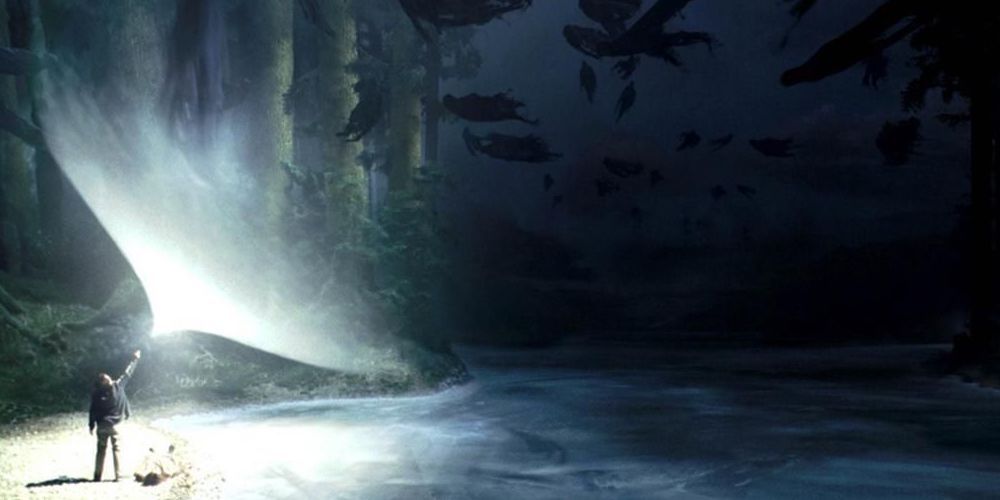
A wizard can choose to cast a corporeal Patronus or an incorporeal Patronus. The former is the most common and most powerful, taking on the form of an animal and being able to repel dementors with ease. When Harry is first starting out, you’ll notice that his is effectively just a sheet of white mist; this is incorporeal. It’s easier and much less strong, but is also able to hide a wizard’s identity. Lupin, for example, uses the same technique on the train to Hogwarts, as he doesn’t want certain questionable details about his lifestyle to be widely known (cough werewolf cough).
2 A Wizard Has To Be "Worthy" Of A Patronus
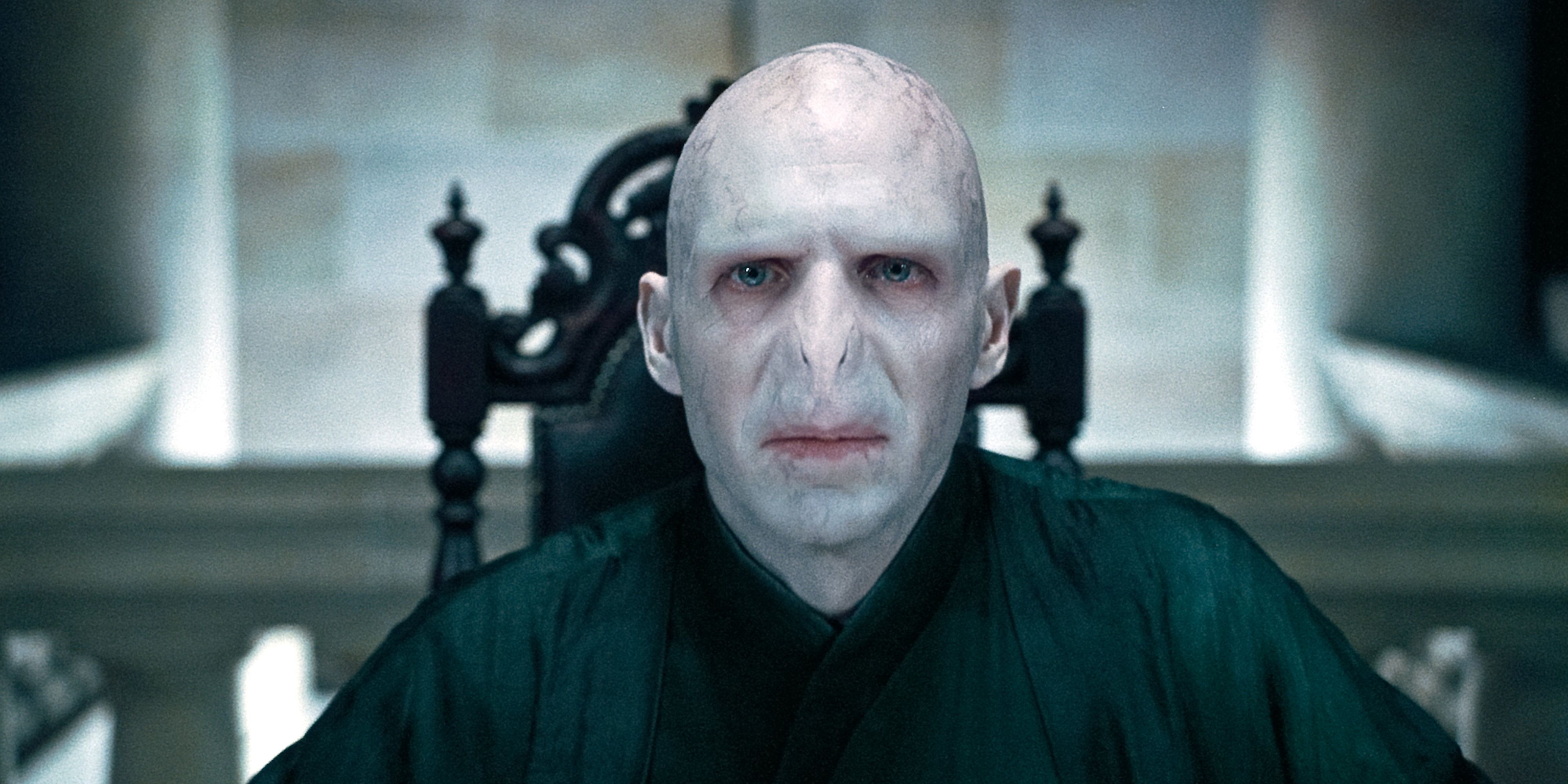
While the idea that only "good guys" can cast a Patronus isn’t true, there are a few restrictions that stop certain people from casting them. You’ll notice that we never see a death eater cast a Patronus. Well, Snape, but we'll come to that.
That’s because, as revealed in the Harry Potter game Wonderbook: Book Of Spells, most of them will be eaten by maggots who emerge from the end of their wand. Yeah. If we knew about this earlier, perhaps we could have figured a few things out about Snape’s affiliation. After all, he’s the only death eater able to cast a Patronus.
1 They Take A Lot Of Skill
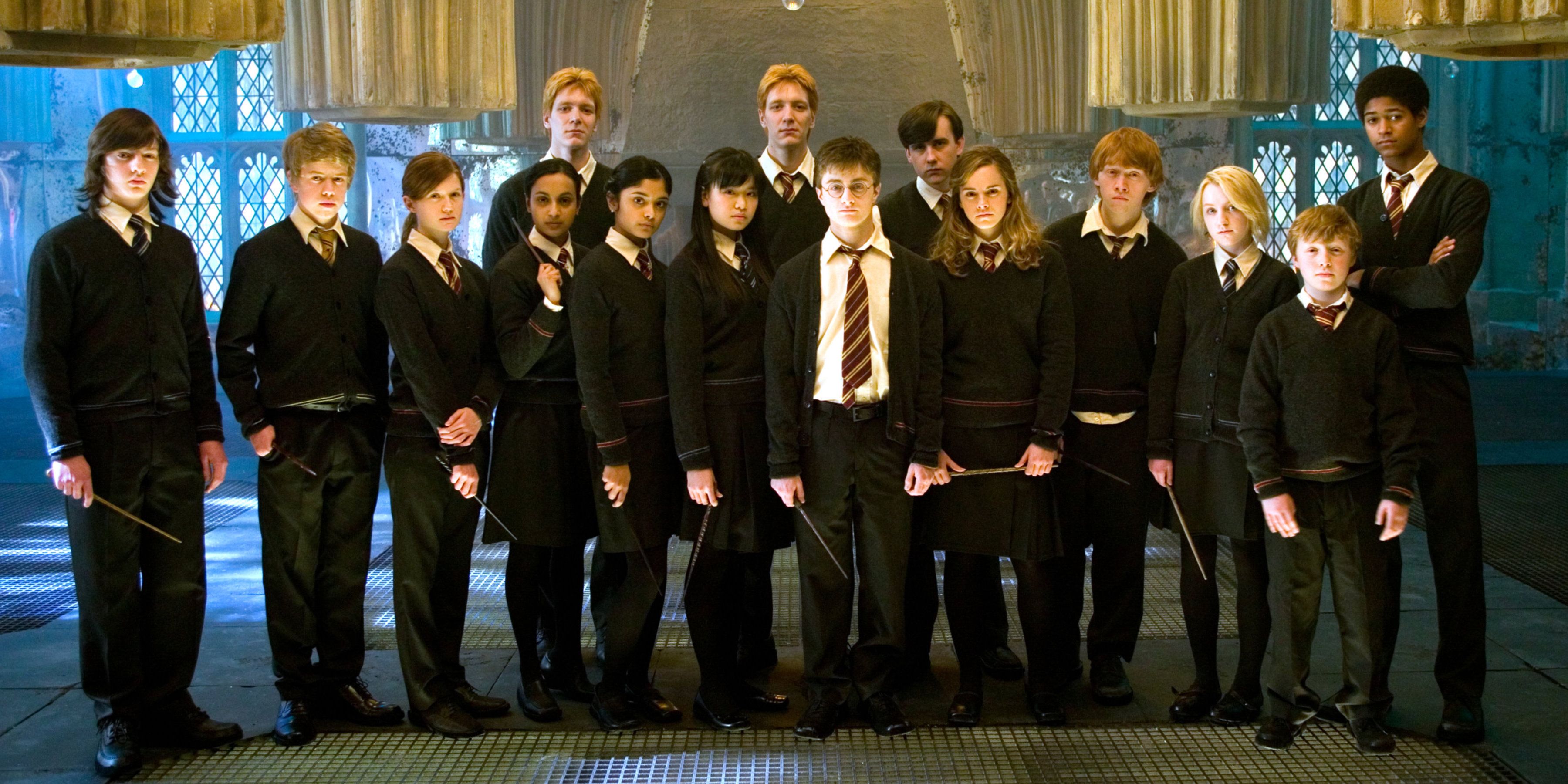
Well, we all know this, but the extent to which it is true seems to be a little overlooked. As we spend most of the Harry Potter series following very powerful wizards and witches like Dumbledore and McGonagall, who can conjure up a Patronus like it’s nothing, we don’t really get to see how hard it is for everyone else. Hermione, of course, can pick it up quickly, but we see Ron struggle just as much with this as he does the rest of his studies. Similarly, look at how long it took Dumbledore’s army to get the hang of it. That took a lot of lessons.
from ScreenRant - Feed https://ift.tt/36C5Uy4





No comments: